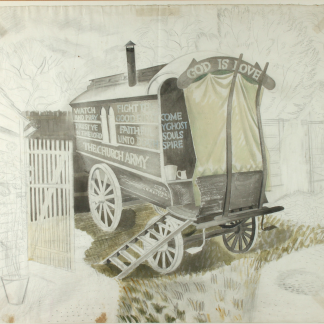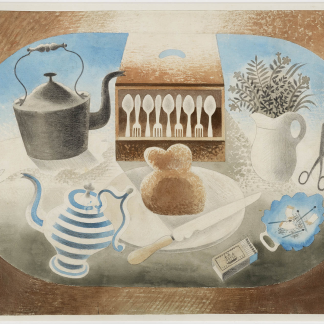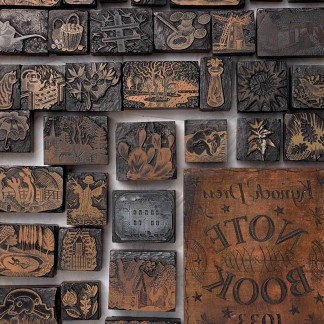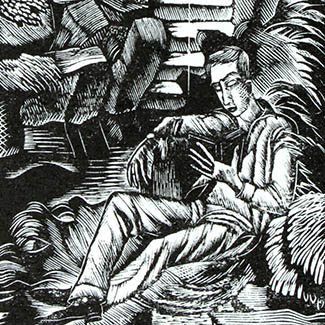
1937 Coronation Mug
Eric-Ravilious

Alphabet Mug
Eric-Ravilious

Alphabet Plate
Eric-Ravilious

Balloon Design Soup Bowl & Stand
Eric-Ravilious

Barlaston Mug
Eric-Ravilious

Coronation Banquet Service Plate
Eric-Ravilious

Coronation Mug Elizabeth II
Eric-Ravilious

Garden Design
Eric-Ravilious

Garden Design
Eric-Ravilious

Garden Design
Eric-Ravilious

Garden Design Coffee Jug & Lid
Eric-Ravilious

Garden Design Jug
Eric-Ravilious

Golden Persephone Coffee Pot
Eric-Ravilious

Meat Dish Garden Design
Eric-Ravilious

Persephone Design Cup and Saucer
Eric-Ravilious

Persephone Design Egg Cup
Eric-Ravilious

Persephone Design Plate
Eric-Ravilious

Persephone Tea Plate
Eric-Ravilious

Teapot Garden Design
Eric-Ravilious

Train Design Plate
Eric-Ravilious

Yacht on Lake Dinner Plate
Eric-Ravilious

Harlequin
Eric-Ravilious

Dr. Faustus Conjuring Mephostophilis
Eric-Ravilious

Testing Davis Equipment
Eric-Ravilious

The Diver
Eric-Ravilious

Ward Room Number 1
Eric-Ravilious

Curwen Pattern Paper
Eric-Ravilious

Design for Curwen Press
Eric-Ravilious

Pattern Paper in Red
Eric-Ravilious

Beautiful Britain Calendar 1939
Eric-Ravilious

Interior at Furlongs 1939
Eric-Ravilious

Boat and Anchor
Eric-Ravilious

Caravans
Eric-Ravilious

Church Army Caravan 1935
Eric-Ravilious

Geraniums and Carnations
Eric-Ravilious

Hull's Mill Castle Hedingham
Eric-Ravilious

RETURNED Design for an Embroidery for Dunbar Hay (Kettle, Teapot, Breadboard & Matches)
Eric-Ravilious

Tea at Furlongs 1939
Eric-Ravilious

The Attic Bedroom
Eric-Ravilious

The Pant Valley, Shalford
Eric-Ravilious

Two Figures in a Boat
Eric-Ravilious

Two Women Sitting in a Garden
Eric-Ravilious

Chanticleer
Eric-Ravilious

Country Cottage
Eric-Ravilious

Garden Memories
Eric-Ravilious

Kensington Gardens (at Night)
Eric-Ravilious

Kynoch Press 1933 Note Book Woodblocks
Eric-Ravilious

Muse
Eric-Ravilious

Proserpina
Eric-Ravilious

Home to the North West Essex Collection of paintings, prints, books and ceramics by artists who have lived in and around Great Bardfield and Saffron Walden.